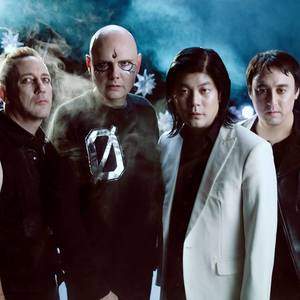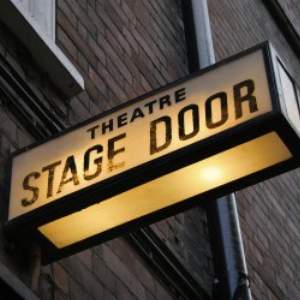Rings Of Saturn Tour 2025
November 18, 2025 -
The tickets for Rings Of Saturn concerts are already available.
Do you know what is the biggest music event of the year? Of course, it is the Rings Of Saturn tour! There is plenty of evidence for that. After all, a music event of such proportions cannot be missed. It is no wonder that the best venues are always being selected for their concerts. There may be problems with getting the best tickets for these shows but with us you will be able to get a Rings Of Saturn VIP package without any difficulties.
Everybody can now experience an incredible show from their favorite performer. This tour is going to be huge and you can be a part of it. Take the front row seat and enjoy the perfection of sound.
We care about your preferences and here you will find the best tickets matching your needs. Moreover, you can choose your tickets based on seat preference. You can actually choose your ticket based on seat preference. You can see for yourself how convenient it is to use our website.
A live concert of your favorite band is a special event that cannot be experienced anywhere else. Even the best headphones or the largest TV screen doesn’t compare to the feeling of excitement and emotion at a concert while being surrounded by thousands of people who share the same passion. They are aware of the fact that a mere computer screen won’t be able to convey all the beauty of a live concert. It is very easy to navigate our website and find the necessary information about the concerts and dates.
You can check the ticket availability for your hometown concert right now! All the information regarding the Rings Of Saturn tour 2025 can be found right here, on our website.
Rings Of Saturn Tickets 2025 - 2026
Rings Of Saturn VIP Packages 2025/2026


About Rings Of Saturn
The rings of Saturn are the most extensive ring system of any planet in the Solar System. They consist of countless small particles, ranging in size from micrometers to meters, that orbit about Saturn. The ring particles are made almost entirely of water ice, with a trace component of rocky material. There is still no consensus as to their mechanism of formation. Although theoretical models indicated that the rings were likely to have formed early in the Solar System's history, new data from Cassini suggest they formed relatively late.
Although reflection from the rings increases Saturn's brightness, they are not visible from Earth with unaided vision. In 1610, the year after Galileo Galilei turned a telescope to the sky, he became the first person to observe Saturn's rings, though he could not see them well enough to discern their true nature. In 1655, Christiaan Huygens was the first person to describe them as a disk surrounding Saturn. The concept that Saturn's rings are made up of a series of tiny ringlets can be traced to Pierre-Simon Laplace, although true gaps are few – it is more correct to think of the rings as an annular disk with concentric local maxima and minima in density and brightness. On the scale of the clumps within the rings there is much empty space.
The rings have numerous gaps where particle density drops sharply: two opened by known moons embedded within them, and many others at locations of known destabilizing orbital resonances with the moons of Saturn. Other gaps remain unexplained. Stabilizing resonances, on the other hand, are responsible for the longevity of several rings, such as the Titan Ringlet and the G Ring.
Well beyond the main rings is the Phoebe ring, which is presumed to originate from Phoebe and thus to share its retrograde orbital motion. It is aligned with the plane of Saturn's orbit. Saturn has an axial tilt of 27 degrees, so this ring is tilted at an angle of 27 degrees to the more visible rings orbiting above Saturn's equator.













